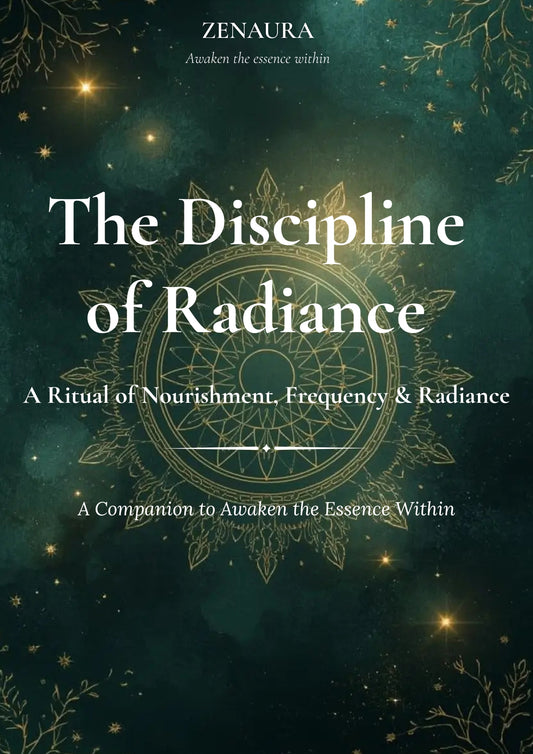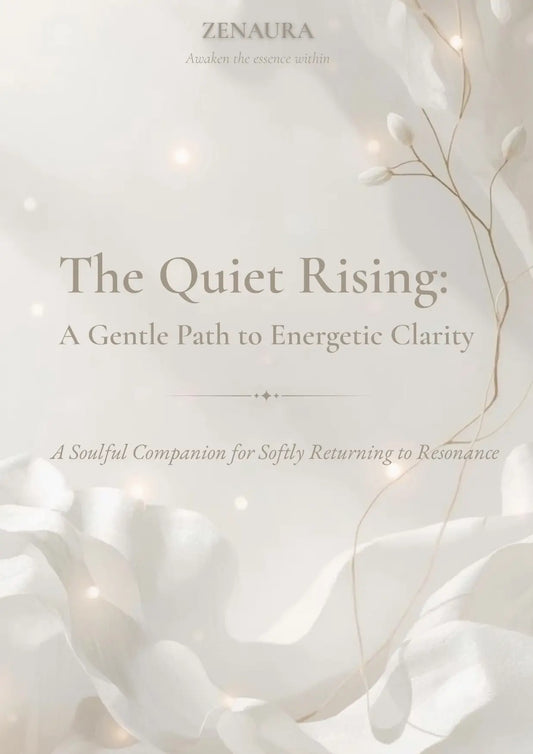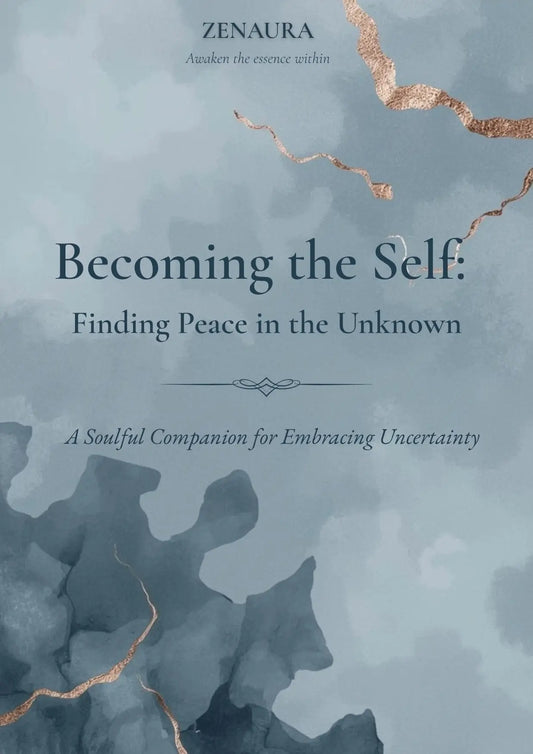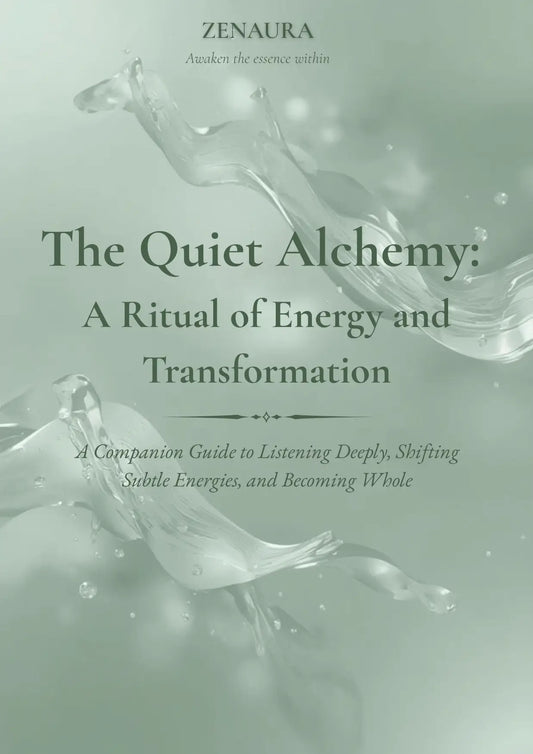
Signs of Energetic Recalibration After Trauma
When life fractures the inner world, it is not only the mind that carries the weight. The body, along with the subtle currents of energy animating each cell and thought, also bears the mark of disruption. Trauma can unsettle the nervous system, slow the flow of vital energy, and disturb the delicate harmony between body and spirit.
Yet energy remains resilient. Though transformed, it does not vanish. It lingers, it moves, and it seeks realignment when the moment is right.
Energetic recalibration after trauma often unfolds as a slow, patient return—a reorganisation of the body-mind connection, the subtle language of pain, and the restoration of once-fractured energy flow. This process reveals itself through signs that speak of healing beyond words and contributes to holistic trauma recovery.
The Language of Pain: How Trauma Lives in the Body
Pain is the body’s quiet language, spoken softly, almost in silence—through subtle shifts and gentle signals sent from deep within, where words no longer reach. It is how the body holds what the mind cannot—the weight of unspoken feelings, memories folded tightly beneath skin and bone. The body carries these unspoken stories, bearing tension like a fragile thread, weakness like a soft sigh, and ache as a slow rhythm beneath the surface.
At first, these messages are barely noticeable—a slight stiffness, a faint heaviness, a lingering dullness. They move like shadows at the edge of awareness, tender and elusive. Yet there is a limit to how much the body can bear without response. When the quiet intensifies, it is not a scream but a steady, persistent unfolding. The whispers grow clearer, the ache deepens, the tension tightens—until the body can no longer carry alone what the heart has not tended.
Pain is not random—it follows the body’s own design, appearing in joints, muscles, and breath as signals that indicate what needs care.
- The Root Chakra (Muladhara) anchors us in the body and the world. When the ankles speak, they reveal hesitancy—a reluctance to stand firmly, a step paused between past and future. The knees, swollen or weary, disclose a subtle struggle—to bend, to soften, to yield without breaking. The lower back, heavy with unshared burdens, carries the weight of the root chakra itself, showing where grounding falters and strength is stretched thin. These are the body’s foundations demanding attention, its call to reclaim safety, stability, and trust in one’s own presence.
- The Sacral Chakra (Svadhisthana), within the belly, the Sacral Chakra is the seat of creativity, pleasure, and emotion. Discomfort rises here quietly, signalling when the flow of joy, intimacy, and passion is blocked or constricted. Tightness, dull heaviness, or unrest in the lower abdomen reflects energy withheld, suppressed, or entangled with shame. The body asks gently: nurture what has been neglected, and allow movement and pleasure to return.
- The Solar Plexus Chakra (Manipura): in the upper abdomen, the Solar Plexus Chakra governs personal power, will, and assertion. When this energy is stagnant, pain or tension may appear above the belly button, reminding us of our right to claim space, set boundaries, and act from confidence rather than fear. The body calls for courage and self-trust, inviting awareness of the subtle ways we resist our own authority.
- The Heart Chakra (Anahata): In the chest, the Heart Chakra contracts when grief, love, or compassion remain unspoken. Breath shortens, ribs tighten—a fortress formed around sorrow. Pain here asks for tender attention to unexpressed emotion, a gentle restoration of openness and connection.
- The Throat Chakra (Vishuddha): The Throat Chakra, guardian of voice and expression, tightens when words are silenced. Jaw tension, neck stiffness, or persistent throat discomfort reflects truths unspoken—messages held back for safety or fear. Healing here is an invitation to speak gently, to honour authentic expression, and to release the weight of unsaid words.
- The Third Eye Chakra (Ajna): Between the brows, the Third Eye Chakra governs insight and perception. Tension manifests as headaches, mental fog, or overwhelm, signalling confusion, indecision, or the mind’s struggle to understand what feels beyond comprehension. Energy here asks for trust in intuition and the quieting of restless thought.
- The Crown Chakra (Sahasrara): At the top of the head, the Crown Chakra connects to awareness, unity, and higher consciousness. Discomfort or pressure may appear as dizziness, tension, or mental overwhelm—a reflection of the spirit reaching beyond the limits of the body and mind, seeking alignment with the greater whole.
Pain is never the enemy; it is a quiet guide. It invites listening, noticing where energy lingers and where trauma’s shadow remains. It asks for gentle attention, not force. To honour this language is to begin a sacred conversation, leading back to wholeness—the slow, tender process of healing body, mind, and spirit through trauma recovery and energetic realignment.
Emotions: The Rollercoaster Within
Beneath physical sensation lies the turbulent sea of emotions. The nervous system, once fractured by trauma, begins to regulate and shift, stirring waves of feelings that rise and fall with unpredictable rhythm. This emotional flow is part of energetic healing—a vital sign that recovery and emotional release are underway.
Tears fall unexpectedly, laughter bubbles up in moments unbidden, anger flares and softens in turn. These are not disruptions but natural expressions of energy releasing itself. The body-mind, once captive to suppressed pain, opens spaces for emotion to move freely.
This emotional rollercoaster is not weakness but resilience. It embodies endurance—the capacity to hold intense feeling without being overwhelmed, to ride the waves without drowning. Within this tumult, moments of calm and clarity emerge, teaching the self to embrace what cannot be controlled.
Mood shifts occur in cycles, reflecting the nervous system’s slow dance between activation and rest. The mind may feel caught in storms of anxiety or despair, yet beneath the chaos, quiet regulation takes place. Emotional release signals the loosening of energetic knots that bind.
Grief rises and falls like the tide, ebbing and surging. Fear or anger may resurface, challenging progress only to settle once more. This ongoing dance between shadow and light invites deep compassion—both for the process and for oneself.
Through patient witnessing, emotions lose their power to overwhelm and instead become messengers of transformation. They teach presence, acceptance, and the fluidity of the internal world.
Thoughts in Motion: From Confusion to Clarity
The mind is the final frontier of energetic recalibration—the place where shifting currents of body and emotion begin to find form and meaning. Here, scattered thoughts circle, seeking coherence amid disruption.
Confusion is common. The self may feel unsteady, grasping for understanding in a fog of uncertainty. Memories or flashbacks surface, reminding the mind of experiences once buried. This is not failure but the dismantling of old mental frameworks that no longer serve. The mind unravels past certainties, clearing space for new insight.
Thoughts ruminate, replaying wounds and fears. Two inner voices pull in opposite directions—one pushing to act decisively and take control, the other inviting patience and the gentle release of what no longer serves. Over time, the mind softens its grip, learning to sit with ambiguity and paradox.
With patience, clarity emerges slowly, like light filtering through mist. Insights arrive gently—quiet revelations illuminating the path forward without demand or rush. The mind begins to hold complexity without fragmentation, balancing strength and vulnerability, chaos and order.
This recalibration of thought aligns with deeper energetic harmony. Control yields to acceptance. The mind listens to the body’s wisdom, collaborating with emotion and energy to weave a new sense of self.
Beliefs about safety, trust, and worthiness shift. Previously held values fall away, replaced by frameworks grounded in resilience and growth. This mental evolution reflects the broader energetic healing and reorganisation unfolding beneath the surface.
The Energy Shield: Shadow Work and Protective Patterns
As clarity emerges, the self may intentionally shield its energy—sometimes withdrawing emotionally, mentally, or even physically from the external world. This is not avoidance, but a conscious choice to create space for inner work: reflecting, recalibrating, and gently facing shadow aspects—parts of the self previously hidden, rejected, or unacknowledged.
This protective withdrawal allows the self to hold its energy safely while engaging deeply with what needs attention. In this quiet space, tensions between opposing impulses, inner conflicts, and unprocessed emotions can be noticed, acknowledged, and gradually integrated. The shield provides room for this unfolding, letting the psyche organise and harmonise without external disruption.
Over time, the shield softens as energy flows move freely again. The self learns to carry both strength and vulnerability, to navigate shadow and light with awareness. What was once defensive becomes deliberate—protection transformed into a tool for resilience and growth, echoing the subtle, ongoing work of individuation and holistic trauma recovery.
| As your body, mind, and energy realign, explore your Sacred Soul Map — a gentle guide to understanding your inner currents, nurturing resilience, and embracing the quiet wisdom of your evolving self. |
The Quiet Return: Clarity, Transformation, and Renewal
Energetic recalibration is not sudden but a gradual, quiet return—a reweaving of the self’s fractured tapestry. It moves beyond survival and disruption toward transformation and renewal.
The breath deepens. The heart steadies. The nervous system flows with renewed ease. The body no longer holds trauma captive but as part of a broader story—a story of endurance and becoming.
This return honours patience, allowing shifts to unfold in their own time without force or haste. Healing is recognised not as a destination but a journey—an ongoing dance between shadow and light, contraction and expansion. Energy flows again through channels once blocked. Chakras begin to spin with freer vitality. The self emerges not as victim but participant—empowered, whole, and alive.
The scars of trauma remain but lose their defining power. Light fills spaces once darkened, and the self learns to live in harmony with past and present. This is the essence of energetic recalibration, chakra healing, and trauma recovery—the patient, wise renewal of life’s vital currents.






